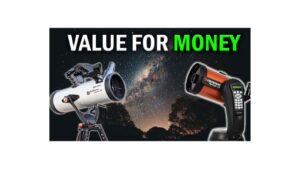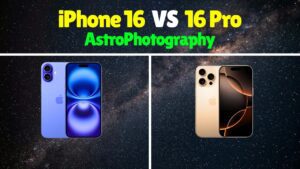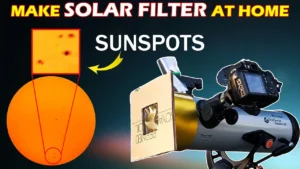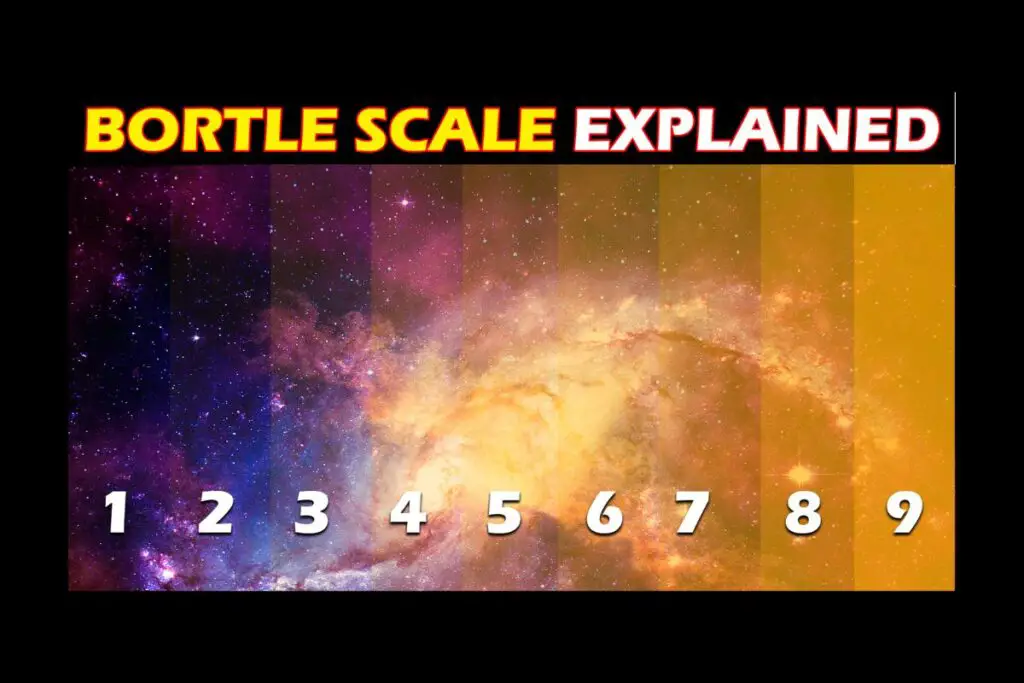
The night sky is very fascinating and excites astronomers to stargazing. If you want a good stargazing session, then it is necessary that you have really dark and clear skies. Getting clear skies just depends on the weather.
But light pollution is the major factor that affects the darkness of the night sky. This light pollution is because of excessive artificial light from street lamps, city lights, buildings, and cars. More than 70% of the population in the world lives under polluted skies. So, for an astronomer, it makes it very challenging to enjoy stargazing and study the night sky.
What is a Bortle Scale?
Bortle scale was developed by John Bortle in 2001. The Bortle Scale is the system that measures the darkness of the night sky. In this video, we will learn everything about the Bortle Scale, so that you can find the best location for your stargazing session.
The scale is divided into nine classes, with Class 1 being the darkest and Class 9 being the brightest. Let’s take a closer look at each class.
Class 1

It represents the darkest skies. These locations are usually far from cities and have no artificial light sources nearby, including no light from the moon. These are the locations that are best for stargazing. One can easily see the Andromeda galaxy or the Orion nebula in such a dark sky. The night sky background is pitch black in these skies, and the Milky Way is visible in all its glory.
Any camera and telescope combination will give you a great result under a class 1 blue sky.
Class 2 & Class 3
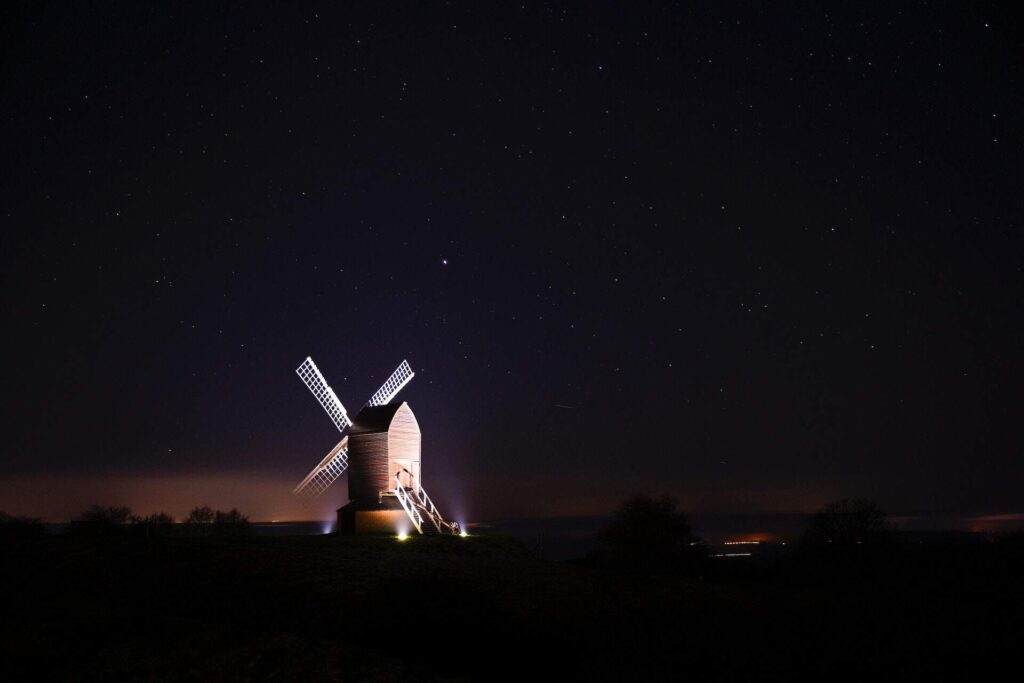
These represent rural areas with minimal light pollution. The skies are still very dark and slightly gray. In such skies, most stars are visible to the naked eye. These skies allow you to see the Milky Way, but most of its details will not be visible. Near the horizon, you might find some artificial light, which makes the sky near the horizon look a little greyish.
Class 4
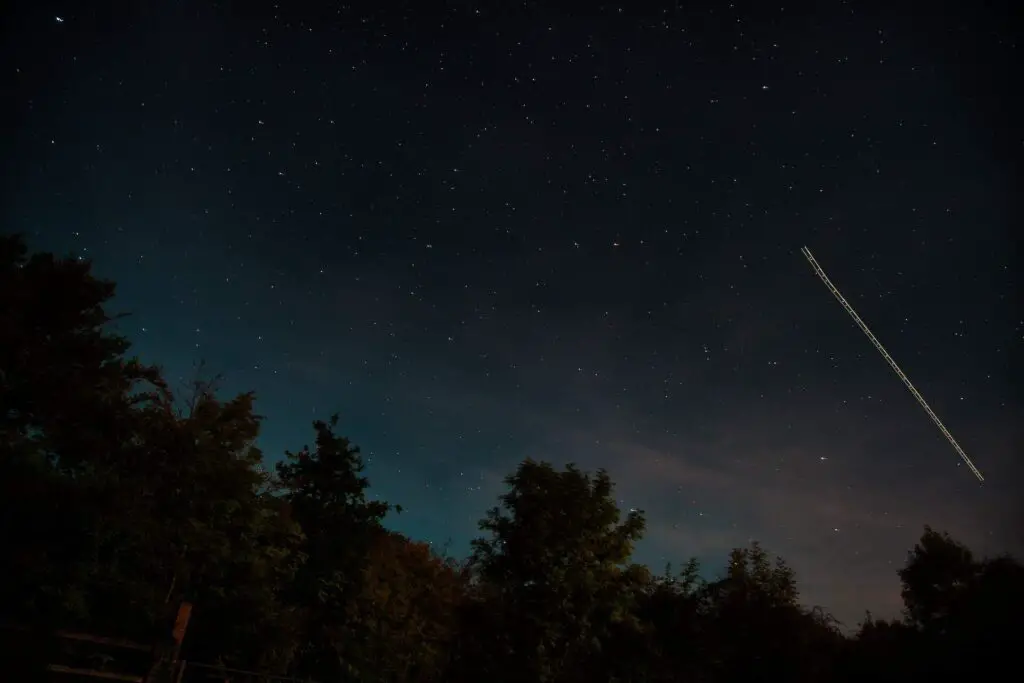
This represents suburban skies with moderate light pollution. The Milky Way is faintly visible, and only the brightest stars can be seen. Faint stars are difficult to see, and some of the fainter objects may be invisible. Most of the major constellations are still visible, and the stars in those constellations may appear washed out or pale.
Class 5
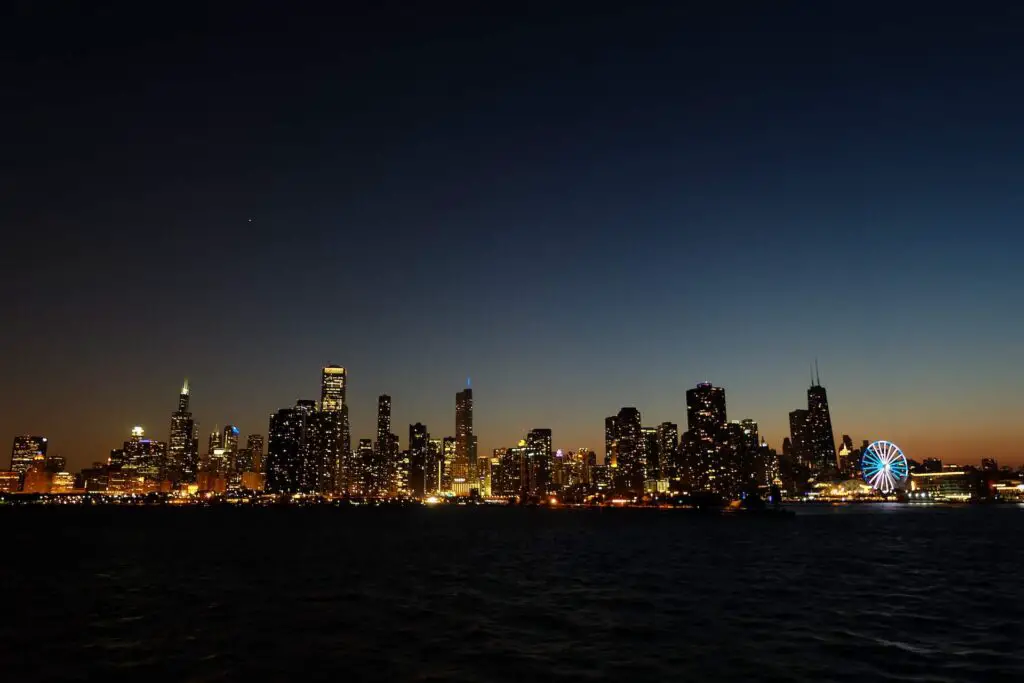
It represents urban skies with significant light pollution. In these skies only a handful of stars are visible, and the Milky Way is invisible. Most of the major constellations are still recognizable, but their stars may appear washed out or pale. Planets like Venus and Jupiter are still visible, but they may appear dimmer than usual. These are the skies most of us live under. In this class of sky, the background sky is gray throughout.
Class 6

It represents heavily light-polluted skies, often found in urban areas with numerous street lamps, buildings, and cars. The sky is bright, and no stars are visible. Only the brightest objects, like the moon and the brightest planets, are visible. No faint celestial objects like galaxies, nebulae, or star clusters can be seen. Light pollution under these conditions is very bright, and the background sky is a consistent gray.
Class 7
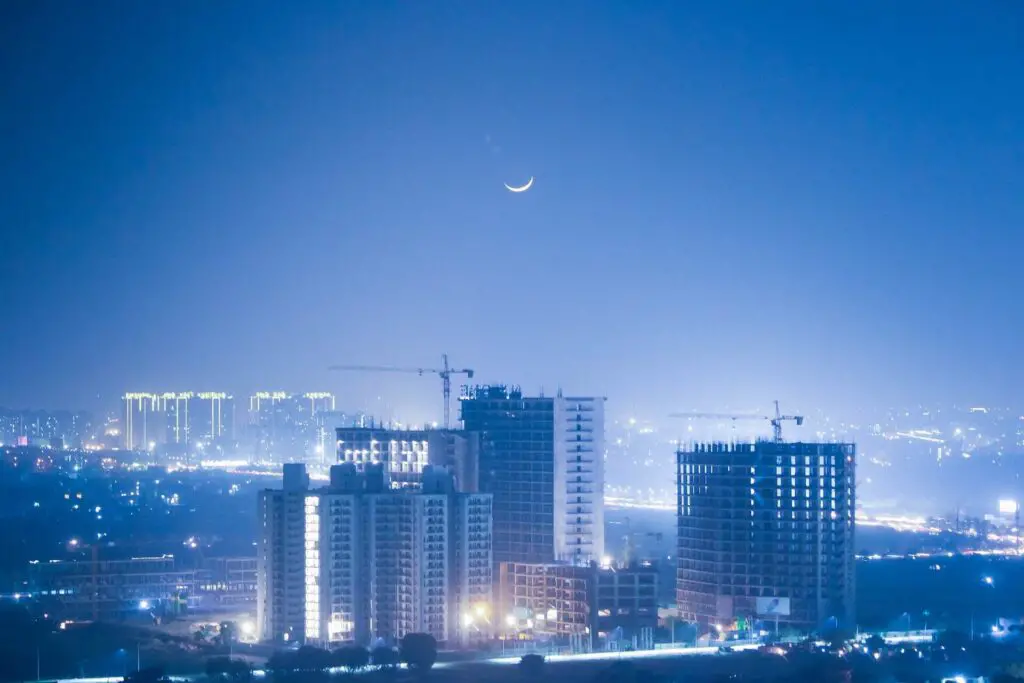
It represents urban areas with high levels of light pollution. Even the brightest stars are invisible, and the sky is bright and washed out. The only objects visible are the moon, bright planets like Venus and Jupiter, and the brightest asteroids. These skies mark the beginning of full-sky light pollution. The entire sky background is light gray, and the clouds are brightly lit from below.
Class 8

It represents suburban or urban skies with severe light pollution. The sky is bright, and no celestial objects are visible. Even the moon and planets may be difficult to see due to the intense artificial light. You can easily read a book under these skies. Only the brightest deep-sky objects can be visually observed using a telescope.
Class 9
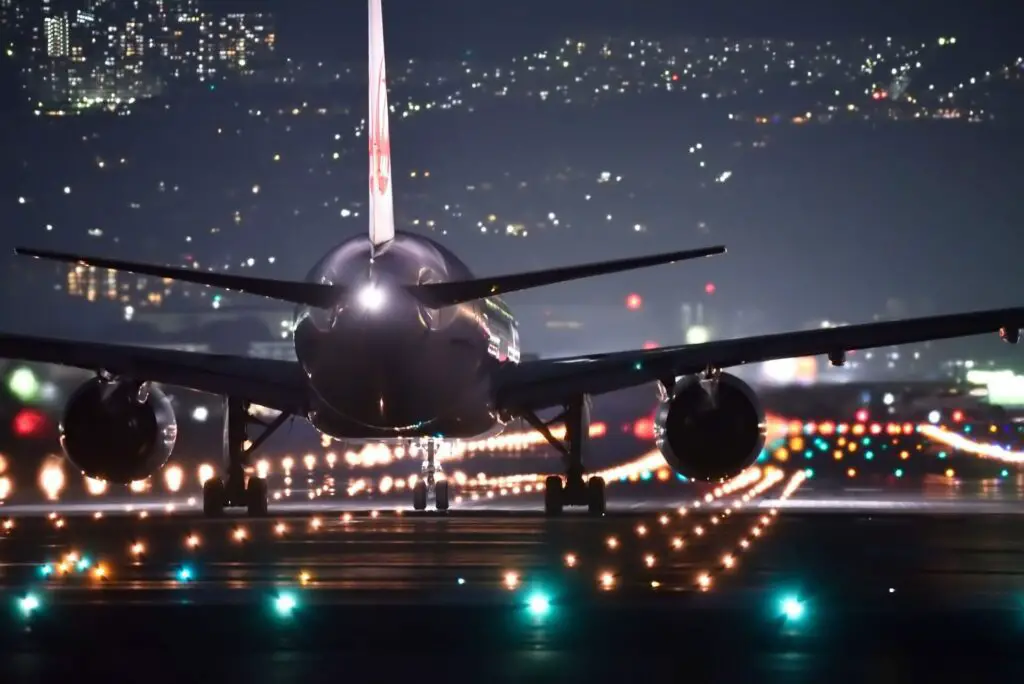
It represents the brightest skies with the most severe light pollution, usually found in airports, industrial areas, and heavily populated cities. The only celestial objects visible are the brightest planets and the moon. No stars or fainter objects are visible. These skies are too bright, and astrophotography becomes very difficult or impossible under such skies.
If you live in a higher Bortle scale class zone, then you will need a bigger aperture telescope to see the objects. Or if you have a small aperture telescope, then you can use a light pollution filter. It will filter out many of the wavelengths that are coming from the city light.
How do you find a Bortle scale in your location?
Just go to this website and enter your location, and you can see which class of Bortle scale your location is in.
Subscribe to our Channel on YouTube.

